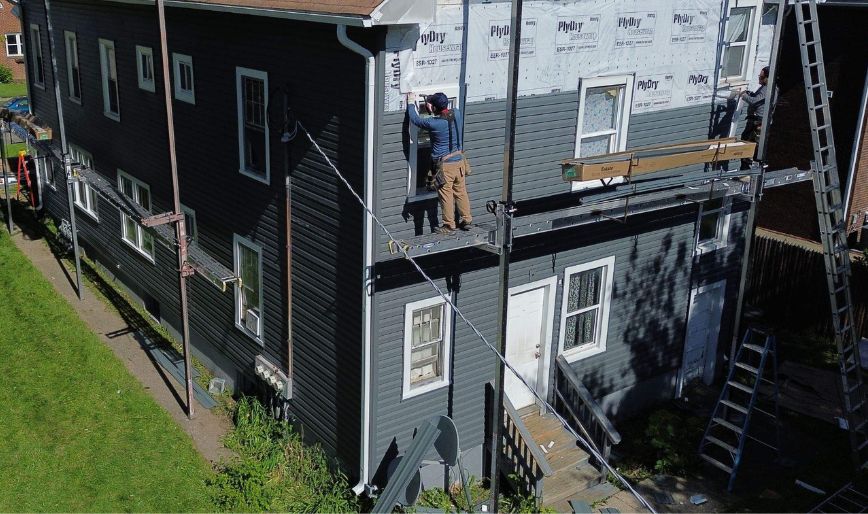
Is it time to replace the siding on your home?
Siding is one of the most crucial elements in protecting your house from the elements while giving it that polished, finished look. Whether you're upgrading for aesthetics or because the current siding is worn, knowing what to consider during the replacement process is essential. Here’s a checklist to guide you through a smooth siding replacement:
1. Evaluate the Condition of Your Current Siding
Before diving into a replacement, inspect the current siding. Look for visible damage like cracks, warping, fading, mold, or pest issues. Water damage is another key indicator that it's time for a replacement.
2. Choose the Right Siding Material
Not all siding is created equal. Common materials include:
Vinyl: Cost-effective and low maintenance.
Wood: Classic and beautiful but requires more upkeep.
Fiber Cement: Durable, fire-resistant, and looks like wood.
Metal: Modern, sleek, and resistant to pests and rot. Consider your budget, desired aesthetics, and the climate you live in when making your choice.
3. Check Local Building Codes
Each area has its own regulations regarding siding materials and installation processes. Ensure that your replacement complies with local codes to avoid future issues.
4. Schedule an Inspection for Underlying Damage
Removing old siding is a perfect opportunity to check for any underlying structural damage, such as rotting wood, insulation issues, or water damage. Address these problems before installing the new siding to avoid bigger headaches down the line.
5. Choose a Reputable Contractor
Hiring a professional team is crucial. Look for a licensed contractor with a solid track record and ask for recommendations or reviews. Check if they offer warranties on both labor and materials.
6. Consider Energy Efficiency
Opting for energy-efficient siding, like insulated vinyl or fiber cement, can help reduce your energy bills. Look for materials that improve your home’s insulation and contribute to long-term savings.
7. Plan for the Installation Process
The siding replacement process can take several days or even weeks depending on the scope of the project. Make sure to discuss timelines with your contractor and prepare for any disruptions, such as noise or limited access to parts of your home.
8. Post-Installation Inspection
Once the siding is installed, inspect the work thoroughly. Check for any imperfections, improper sealing, or issues that could lead to future problems. A final inspection with your contractor ensures everything is up to standard.
9. Maintain Your New Siding
To extend the life of your new siding, regular maintenance is key. Clean your siding annually, check for any cracks or damage, and make minor repairs as needed.
Replacing your home’s siding is a big investment, but with the right planning and execution, it can significantly improve your home's value, energy efficiency, and curb appeal. At Goldfinch Builders, we specialize in helping homeowners choose the best materials and deliver flawless installations. Contact us today for a consultation!
Need a free roofing inspection? Contact us today!